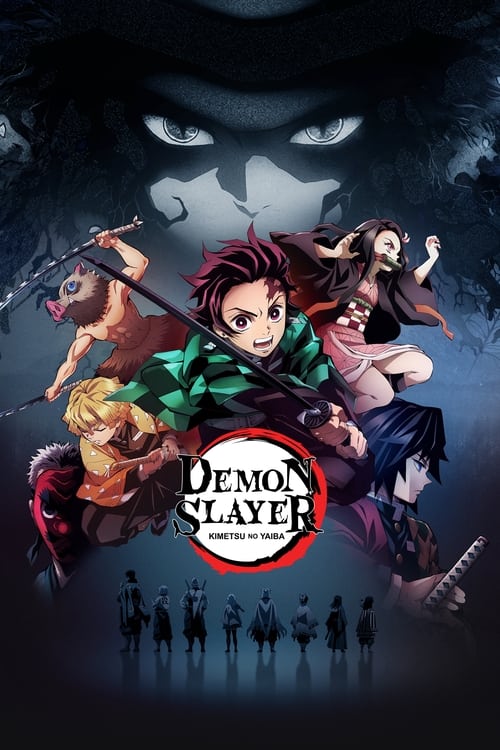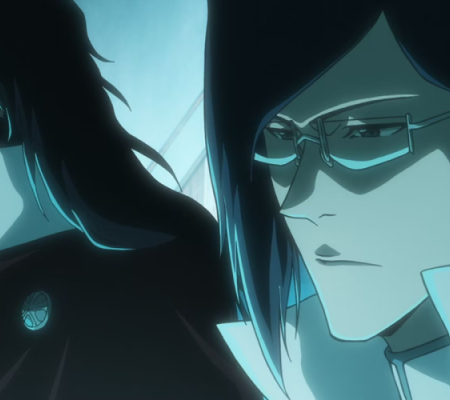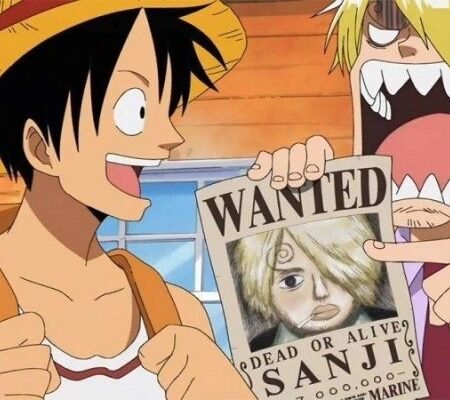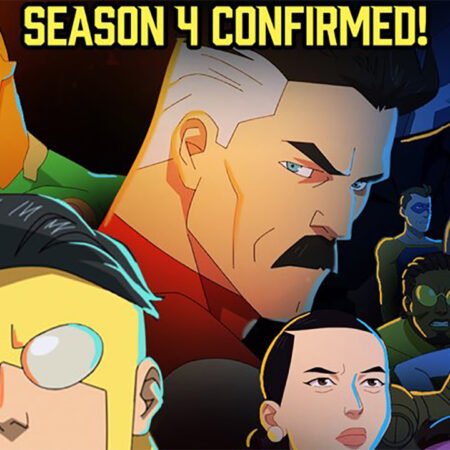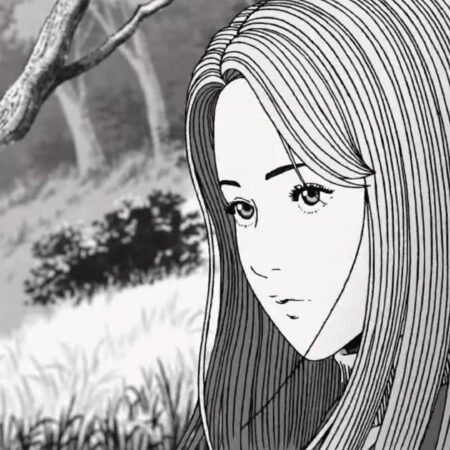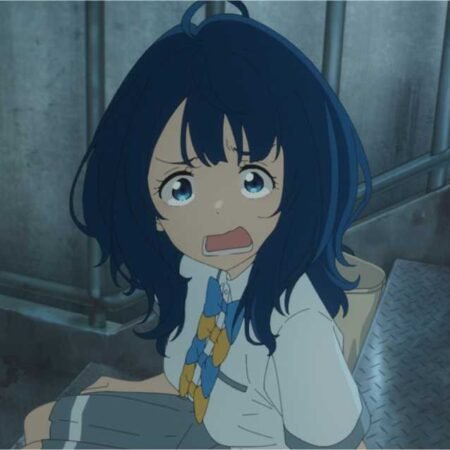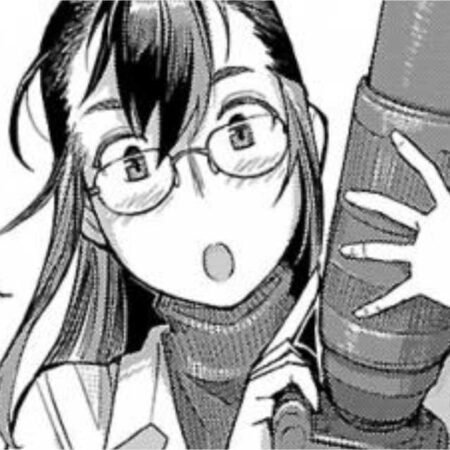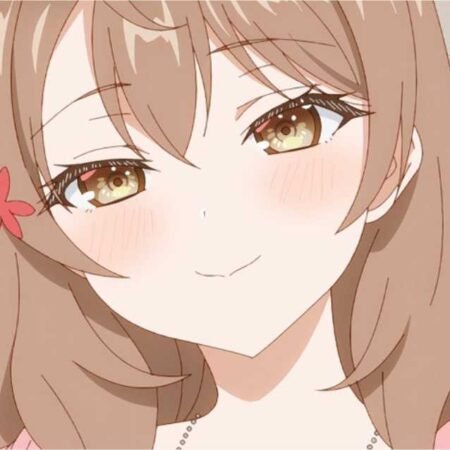In the current scenario of the anime industry, action shonen fans have a wide variety of options, including prominent series such as “Jujutsu Kaisen” and “Demon Slayer”. This diversity allows for detailed comparisons between the series, especially with regard to the different tropes and ideas each presents. Each anime has its unique strengths, but some stand out in specific ways.
“Jujutsu Kaisen” and “Demon Slayer” share a similar premise of heroes fighting supernatural threats. However, when comparing elements like character design, humor, drama, and themes, we noticed significant differences. “Jujutsu Kaisen”, for example, is recognized for its unique aspects, which put it ahead in certain aspects, contributing to its inclusion in the so-called “dark trio”, to which “Demon Slayer” does not belong.
10. The Approach to Humor in “Jujutsu Kaisen” and “Demon Slayer”
Humor is a crucial component in shonen action anime, serving to alleviate tension and make characters more friendly. “Demon Slayer” features humor based on exaggerations and panic situations, especially with characters like Zenitsu Agatsuma. “Jujutsu Kaisen” stands out for its more natural and convincing humor, evident in the interactions between characters such as Satoru Gojo, Yuji, Nobara and even between the villains.
9. The “Half-Other” Trope in “Jujutsu Kaisen”

In “Jujutsu Kaisen,” Yuji Itadori represents the “half-other” trope by being the living vessel of Ryomen Sukuna. Unlike other anime characters who deal with their monstrous sides, like Naruto, Yuji faces a greater challenge, as Sukuna is a real threat and not an anti-hero. This element brings an emotional complexity to the character, especially in moments of crisis and carnage, that is more impactful than Nezuko’s experiences in “Demon Slayer”.
8. Moral Ambiguity of the Leaders in “Jujutsu Kaisen”
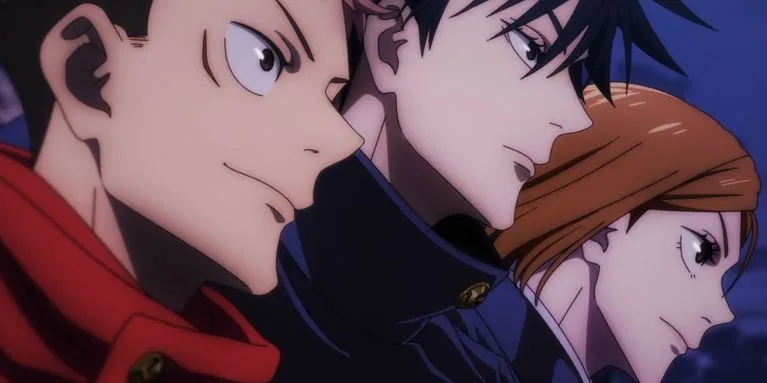
While in “Demon Slayer” we have leaders like Kagaya Ubuyashiki, who are trustworthy and benevolent, “Jujutsu Kaisen” explores moral ambiguity with its conservative and ruthless leaders. This approach creates a scenario where the protagonist, Yuji, finds himself in conflict with the very authorities that should support him, generating constant tension and a darker tone for the narrative.
7. “Jujutsu Kaisen” Layout in Eliminate Heroes

“Jujutsu Kaisen” stands out for its courage in eliminating heroic characters, an aspect less common in “Demon Slayer”. This willingness to show the death of important characters increases the narrative tension and establishes real risks, differentiating itself from other shonen series where the heroes’ mortality is less evident. This is illustrated with the losses of characters like Mechamaru and Kento Nanami, in addition to the near death of Nobara Kugisaki.
Each of these aspects demonstrates how “Jujutsu Kaisen” uniquely approaches the classic elements of action shonen, creating a different experience for viewers. While “Demon Slayer” has its own strengths, “Jujutsu Kaisen” excels in areas like humor, character development and world-building with more complex moral nuances.
6. Superiority of the Main Trio in “Jujutsu Kaisen”
“Jujutsu Kaisen” surpasses “Demon Slayer” in terms of the dynamics and cohesion of the main trio. While the “Demon Slayer” trio – Tanjiro, Inosuke and Zenitsu – presents somewhat unbalanced characteristics and comic relief scenes, “Jujutsu Kaisen” offers a more harmonious trio. Yuji, Nobara and Megumi are balanced as shonen heroes, without the internal disagreements or cowardice that sometimes slow down the “Demon Slayer” trio. This aspect makes the “Jujutsu Kaisen” trio more effective and better written.
5. Variety of Powers and Abilities in “Jujutsu Kaisen”

Comparing combat systems, “Jujutsu Kaisen” offers a wider diversity of powers and abilities compared to “Demon Slayer”. While “Demon Slayer” focuses primarily on breathing techniques for sword combat, “Jujutsu Kaisen” features a wider range, from Satoru Gojo’s dominant Infinity Power to Mai Zenin’s ranged combat techniques. This variety ensures that each battle in “Jujutsu Kaisen” is unique and unpredictable, unlike the fights in “Demon Slayer”, which tend to follow a more uniform pattern.
4. Superior Mentors in “Jujutsu Kaisen”

In the mentoring aspect, “Jujutsu Kaisen” also stands out. While “Demon Slayer” has less memorable mentors like Sakonji Urokodaki, “Jujutsu Kaisen” features Satoru Gojo, a notable mentor to Yuji Itadori. The relationship between Yuji and Satoru is marked by effective training and a strong friendship, contributing significantly to the development of the main character.
3. Better Rating System in “Jujutsu Kaisen”
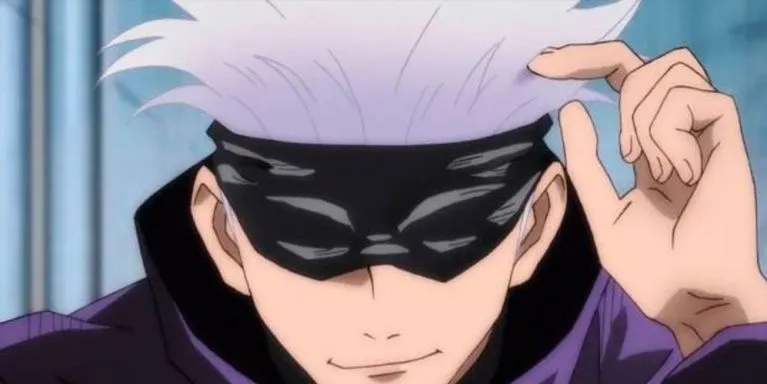
As for classification systems for powers and monsters, “Jujutsu Kaisen” again stands out. Its system is simpler and more straightforward, ranging from tier 4 to tier 1 sorcerers and curses, with special categories for the most powerful. This system is more effective and interesting compared to “Demon Slayer”, where the rating structure is less relevant and attractive to fans.
2. Longer and Substantial Story Arcs in “Jujutsu Kaisen”
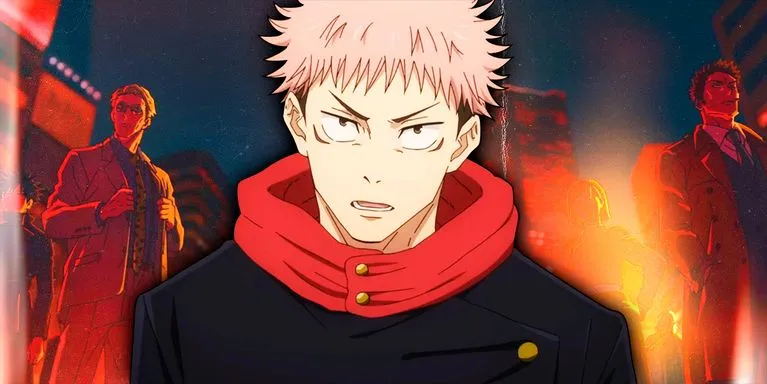
“Jujutsu Kaisen” takes advantage with its more extensive and content-rich story arcs. While “Demon Slayer” features shorter, more focused arcs, “Jujutsu Kaisen” develops longer narratives, such as the Shibuya Incident arc, which deeply explores elements such as conflicts, character development and the combat system itself.
1. More Complex Mental Scars on Yuji Itadori
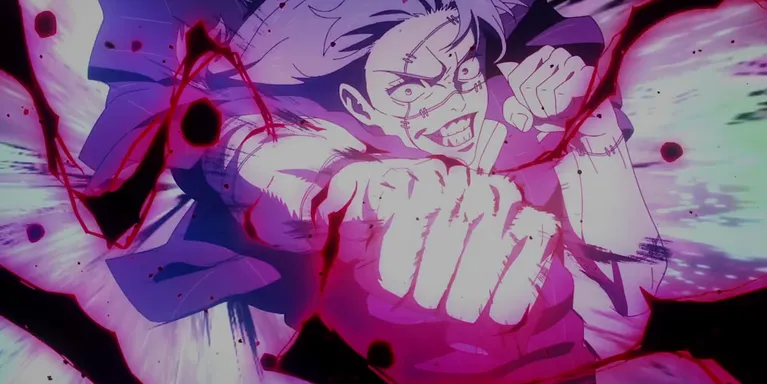
Finally, when it comes to the characters’ mental scars and traumas, Yuji Itadori, from “Jujutsu Kaisen”, presents a deeper emotional complexity compared to Tanjiro Kamado, from “Demon Slayer”. Yuji faces constant challenges with Ryomen Sukuna, culminating in devastating events like the Shibuya Incident. This marks Yuji with more recent and impactful mental scars, delineating him as a darker and more complex shonen hero.
These points highlight how “Jujutsu Kaisen” differentiates itself in terms of character development, narrative and thematic complexity, offering a richer and more diverse experience compared to “Demon Slayer”.

